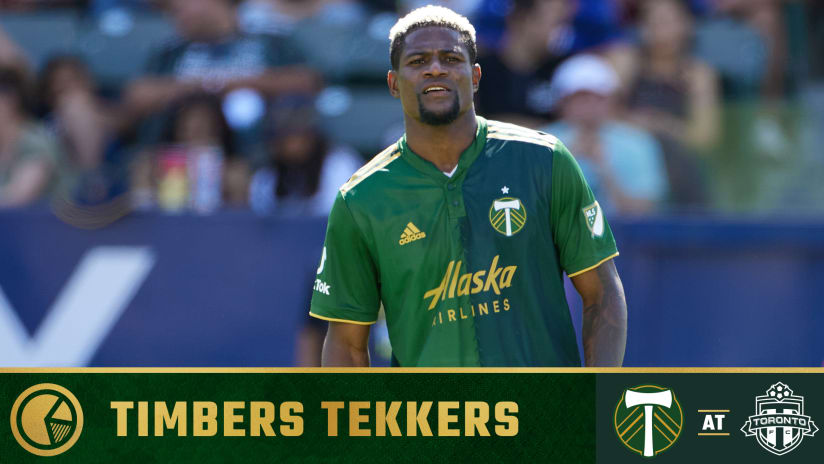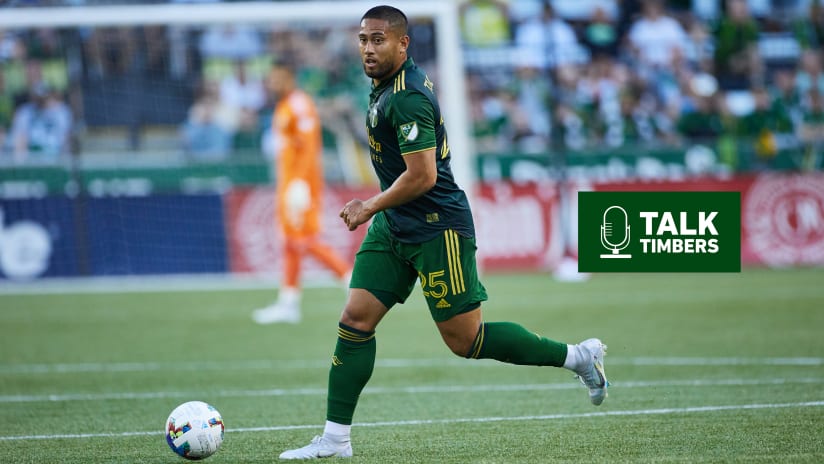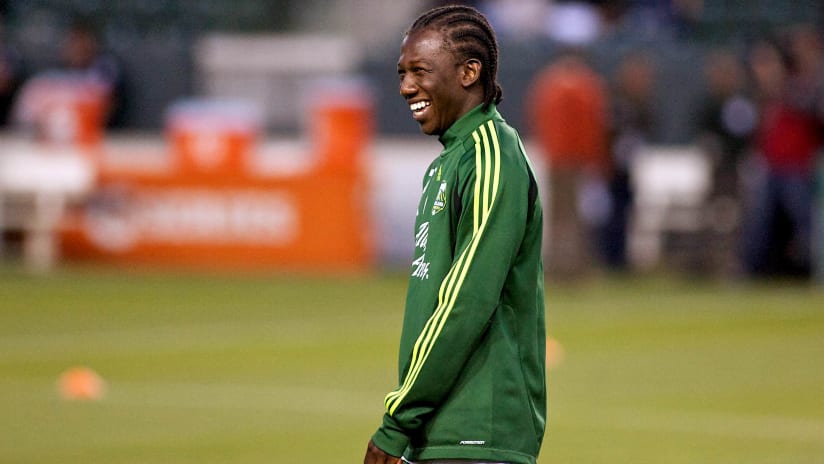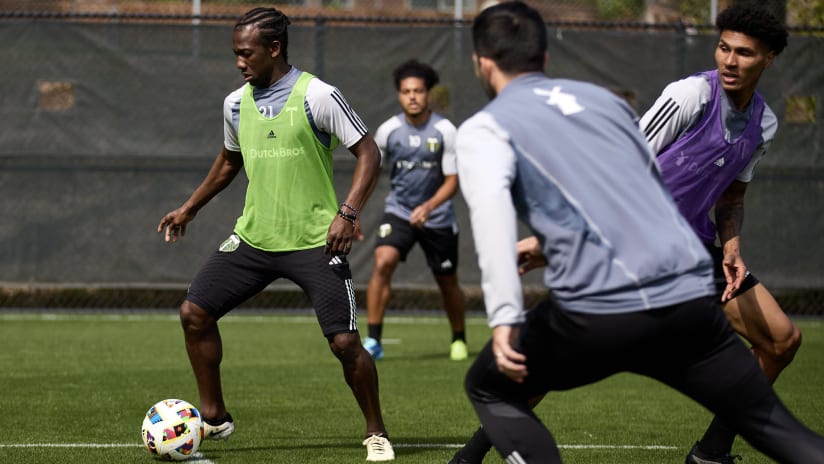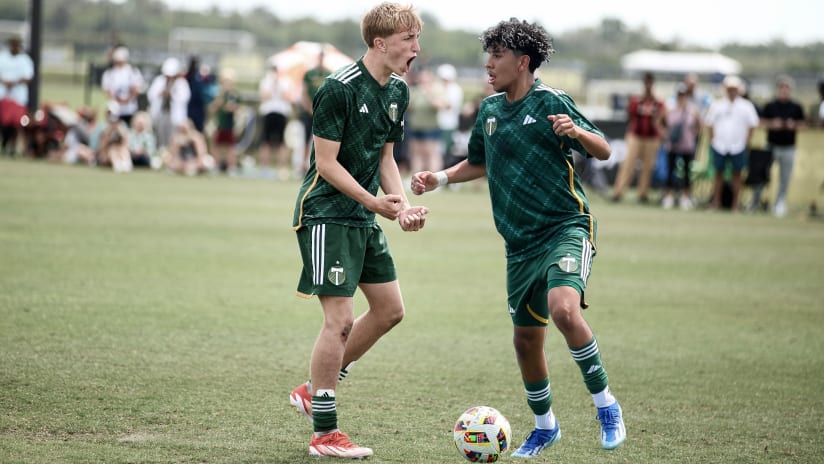It comes down to one final game. Portland Thorns FC will take on the North Carolina Courage on Saturday in the 2018 NWSL Championship at Providence Park (1:30pm PT, Lifetime | NWSL Playoffs presented by Tillamook Yogurt). Here's Richard Farley's position-by-position look at how the teams stack up.
Portland’s attack versus North Carolina’s defense
Broadly, there are two reasons why the Courage have the best defensive numbers in the league: their attack alleviates pressure on the group; and the group, without any weaknesses, is led by one of the best defenders in the NWSL.
Abby Erceg’s arrival at Western New York in 2016 was part of a new leadership foundation that arrived with head coach Paul Riley. The team won a title that year, has claimed two NWSL Shields since and, over that time, has partnered with Portland Thorns FC as the dominant forces in the league.
Neither Erceg nor her central defense partner, U.S. international Abby Dahlkemper, are slow, but they can be beaten with speed by the league’s quicker players, giving Caitlin Foord and Tobin Heath at least one small edge. And like most defenders, they will be challenged by Foord’s physicality and ability to stay low on defenders to both win and maintain possession.
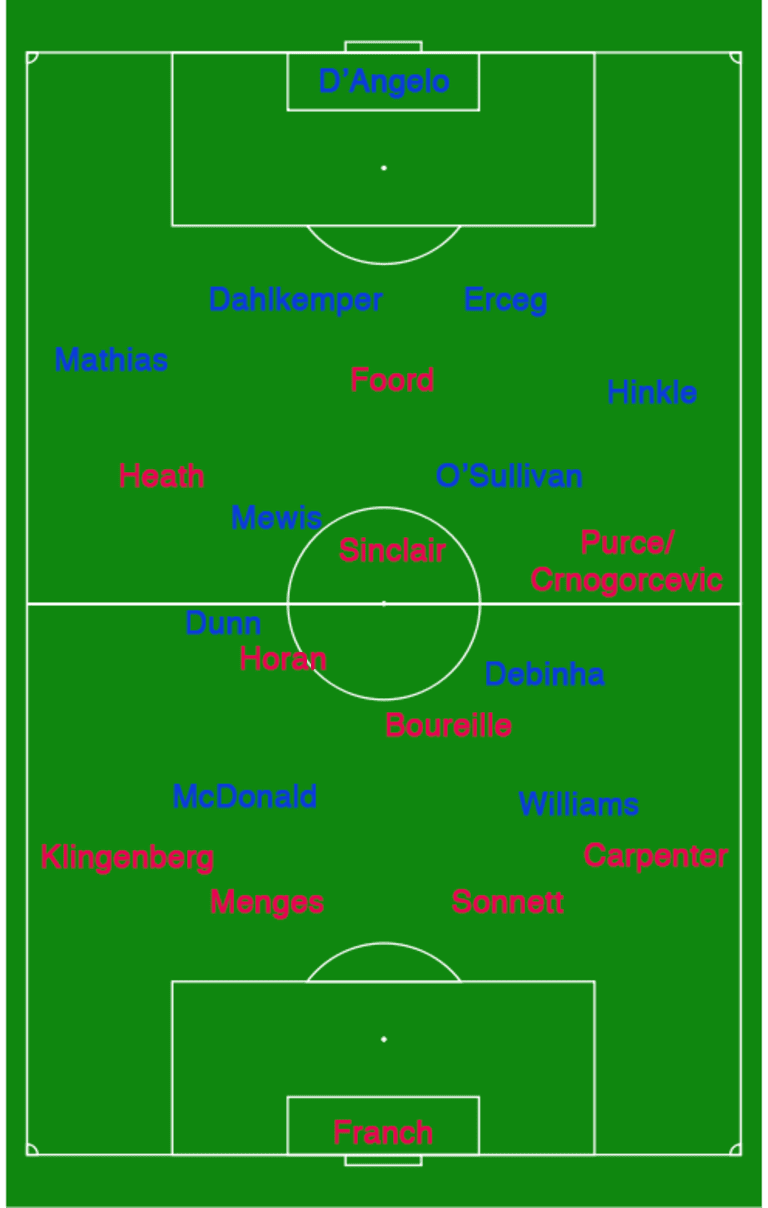
The real edges Portland will have, though, are out wide. North Carolina right back Merritt Mathias has worked her way into the U.S. Women's National Team, but she’s also a natural attacker whose main strengths are her physicality, persistence, and willingness to do the testing work required of modern fullbacks. Like most, if left one-on-one against Heath, she could struggle.
On the other flank, Jaelene Hinkle is one of the best left backs in the NWSL, but she doesn’t have the physical game to make her a shutdown defender. In terms of speed, footwork and intelligence, Hinkle can be a plus along the back, but in physical battles against players like Midge Purce, Ellie Carpenter or Ana Crnogočegvić, she may need help.
Across their line, though, North Carolina’s players are unlikely to give you any openings or errors to exploit. And with an aggressive goalkeeper like Sabrina D’Angelo behind them, you cannot count on being able to win the space between defense and goal.
What you can count on is needing to execute to beat them. And – no surprise here – if players like Heath, Foord, Christine Sinclair and Lindsey Horan are given time to execute, North Carolina (or any team) will be in trouble.
The midfield battle
That reality informs what we’ll likely see in midfield. Portland plays the type of triangle we often see with a 4-2-3-1 formation: a holder and ball-winner (Celeste Boureille); an attacker (Sinclair); and a player who can move between those worlds (Horan). Unfortunately for the Thorns, the Courage often play a box midfield – two deep players (Samantha Mewis and Denise O’Sullivan) paired with two attackers (Debinha and Crystal Dunn) – meaning North Carolina will could have a numerical edge in the middle.
That won’t always be the case, though. One of the virtues of the Courage’s setup and personnel is that they can split their attacking midfielders wide, augment the flanks, and provide either a greater attacking presence there or support for their fullbacks. Should the Thorns prove dangerous enough with players like Heath and Meghan Klingenberg (on their left) or Purce/Crnogorcevic and Carpenter on the right, Dunn will have to help. Or Debinha will have to help. And all of a sudden, the four-on-three edge North Carolina has on paper becomes an even battle.
That is important, especially with North Carolina’s best midfielder, McCall Zerboni, out after recovering from elbow surgery. If the Courage have a numerical edge in the middle, they have an extra player to clean up all the loose balls that are sure to be created after clashes between two physical teams. If it’s three-on-three, though – and the Thorns’ three are strong, willing, intelligent players like Boureille, Heath and Sinclair – that becomes a matchup Portland would like.
And the result of that matchup, in a scenario where North Carolina has had to break its box to help its flanks, leaves players like Horan and Sinclair on the ball, going at the Courage defense, with Foord’s movement pulling Dahlkemper and Erceg apart. It leaves players like Heath, Crnogorčević/Purce (who, I want to just call Purcogorčvić), and the other of Horan or Sinclair invading that new space. It leaves North Carolina scurrying if the Courage lose the midfield battle.
But it works the other way, too. There was no better example of that than when the Courage steamrolled the Thorns in Portland on May 30, winning 4-1. We broke it down in detail, then, but the biggest factor in the result was the midfield battle. Mark Parsons tried something new, went with a midfield that had one holder (Horan) playing behind two creators (Heath and Sinclair) and got punished for it.
That won’t happen again. Instead, we should see a war in the middle – one that could become attritional; one that could be defined as much by what happens wide as what happens through the middle.
North Carolina’s attack versus Portland’s defense
Part of what was so compelling about Tuesday’s NWSL Playoffs semifinal match at Providence Park between Chicago and North Carolina was the insane contrast of styles. The Red Stars are the most technical team in the NWSL, and until they came back to the field from halftime, they used that style to the fullest: using their quality to win the midfield battles; maintaining possession and pressure; pinning North Carolina in the venue’s North End for much of the first half.
North Carolina doesn’t play a technical style. They play an intense one, finding space quickly and attacking it with passion. They’re direct, overbearing, keep teams under constant pressure, and even when they don’t break through early (though they usually do), they tend to wear their opponents down. The constant mental strain that comes from the Courage’s want to move quickly, boldly, and decisively adds to the physical toll of having to manage Dunn, Jessica McDonald and Lynn Williams.
McDonald, a former Thorn, may be the most imposing forward in the league. Caitlin Foord is a monster, too, but McDonald is just bigger. She’s strong in a different, more imposing way. She’s fast, she’s fit and, the way North Carolina manages their substitutions, has license to go all out until she passes out. Nobody wants to play against that.
Williams is a different type of physical monster. In terms of speed, she is one of the most explosive players in the league, and as fans saw when she was going stride-for-stride on Tuesday with another of the league’s speedsters, Chicago’s Casey Short, Williams’ top speed is elite. That means any ball wide into space, she’s likely to get to first, and any channel that opens up, she could beat her defender into it.
In terms of speed and relentlessness, it’s a battle few teams can win. Portland has tended to not even engage the challenge. As we saw when the Thorns went to Cary, North Carolina, on Aug. 8, the strategy was to give the Courage space higher, let them cross or shoot from further up the field, but not give McDonald and Williams a chance to get behind the defense or, even worse, through space on channels where their speed could turn a match.
The Thorns failed to do that on the first goal in August, when a switch of play allowed McDonald to get deep on North Carolina’s right, set up the opening goal for Williams. Chicago, too, on Tuesday, let the Courage’s speed be decisive, with McDonald getting behind the defense to create the game’s early, game-defining goal.
Portland has Carpenter, who even at 18 years of age, can physically match almost any player in the world. Emily Sonnett, in central defense, can, too. Emily Menges and Klingenberg don’t have the same attributes, but as their careers have shown, they have ways of bridging the gap. Like North Carolina’s, Portland’s defense is both talented and good.
But the key to North Carolina’s success over the last three years has been the pressure they keep teams under. It’s the idea that at any moment they get the ball, they can be dangerous with the ball. As opposed to the challenge at the other end of the field, where the game will largely be defined by the attack’s execution, how the defense executes in front of Portland’s goal will matter most.
Everybody knows what the Courage want to do. Unfortunately, everybody also knows how difficult it is to stop them.




